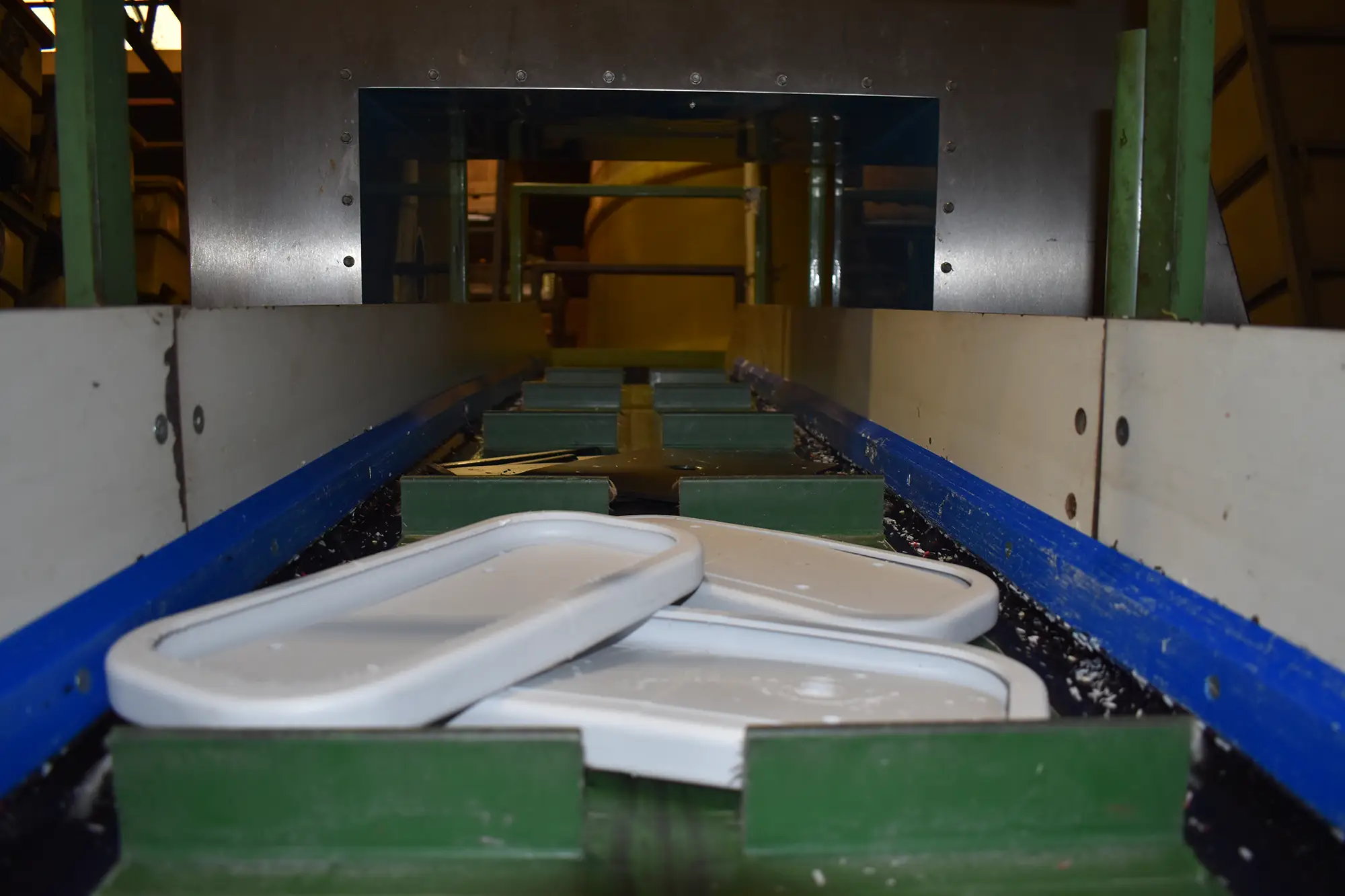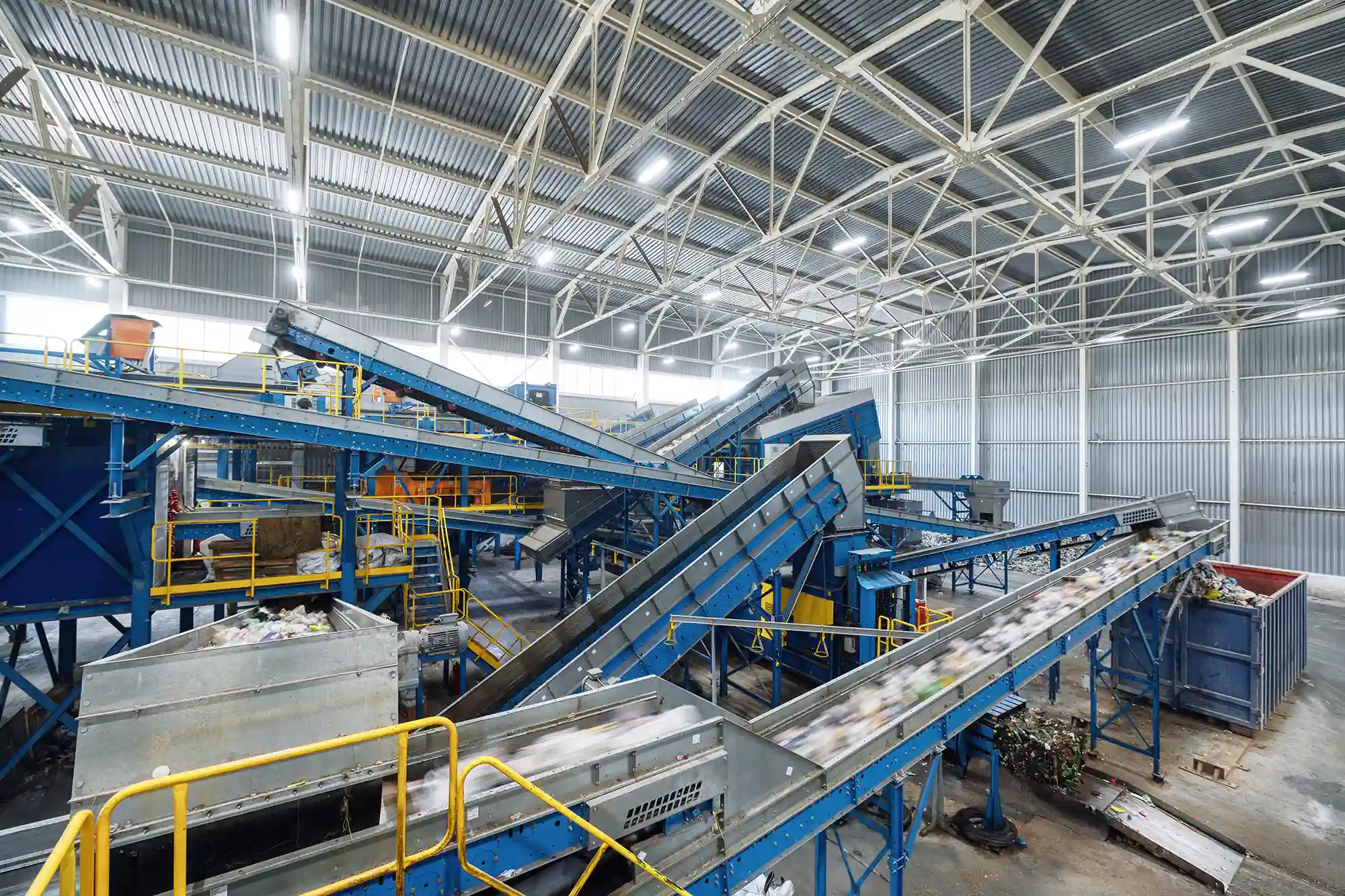Renewable materials
Sustainable resources can be used to make plastic products without depleting finite resources or causing significant harm to the environment. It will drastically reduce the impact on the carbon footprint of the new product.
Instead of using fossil fuels to make plastic, plastic can now be made from renewable feedstocks that are replenishable over time, such as corn, potato starch, or sugarcane or even from waste such as edible oils.
These feedstocks can be used to make new plastics with identical properties when compared to plastic from traditional feedstock like oil or gas. Because it performs on the same high level, the renewable material can be used in high-end applications, even in products with type approvals.


Post-industrial recycling
Post-industrial recycling in rotomoulding uses materials that are generated as a byproduct of the manufacturing process. These materials include plastic scrap, plastic offcuts, and plastic rejected due to defects or imperfections. Our method to recycle post-industrial plastic materials is mechanical recycling. The clean plastic by-products are shredded and with additives compounded on extruders to generate post-industrial regrind material. This regrind material is used for manufacturing of selected products. The biggest benefit of post-industrial recycling in the plastics manufacturing industry: it eliminates waste. Recycling the post-industrial material prevents this material from becoming waste, which reduces the environmental footprint and improves the sustainability performance.
Post-consumer recycling
Post-consumer recycling in rotomoulding uses materials from plastic products that have been used by consumers and are at the end of their lifetime. There are several benefits of post-consumer recycling in rotomoulding. Recycling post-consumer plastic prevents plastic waste to end up in landfill or incinerators, it helps to conserve natural resources and reduce environmental impacts. There are several ways that post-consumer plastic can be recycled in rotomoulding, including mechanical recycling, chemical recycling, and repurposing the material for use in other products. In mechanical recycling, the plastic is shredded and compounded into regrind material, while in chemical recycling, the plastic is broken down into molecules and used to build new plastic. The recycled plastic can be used in applications other than those for which it was originally used, such as using the recycled plastic to manufacture new waste water tanks or pallets.

your idea
to life. Start now!


